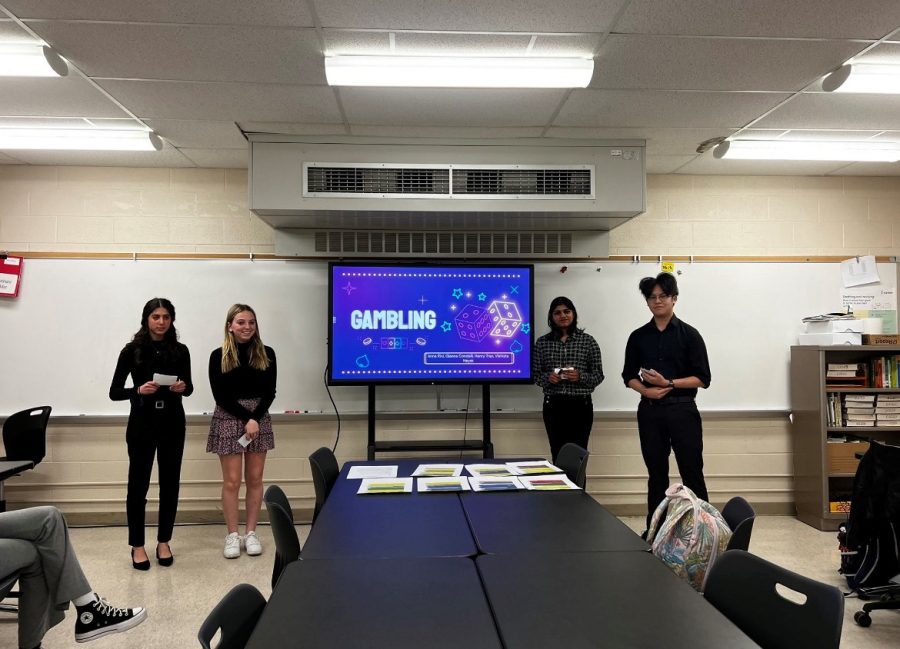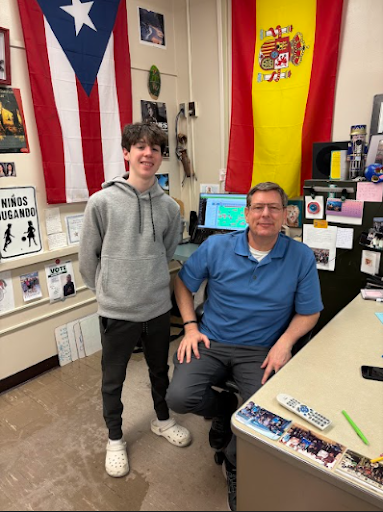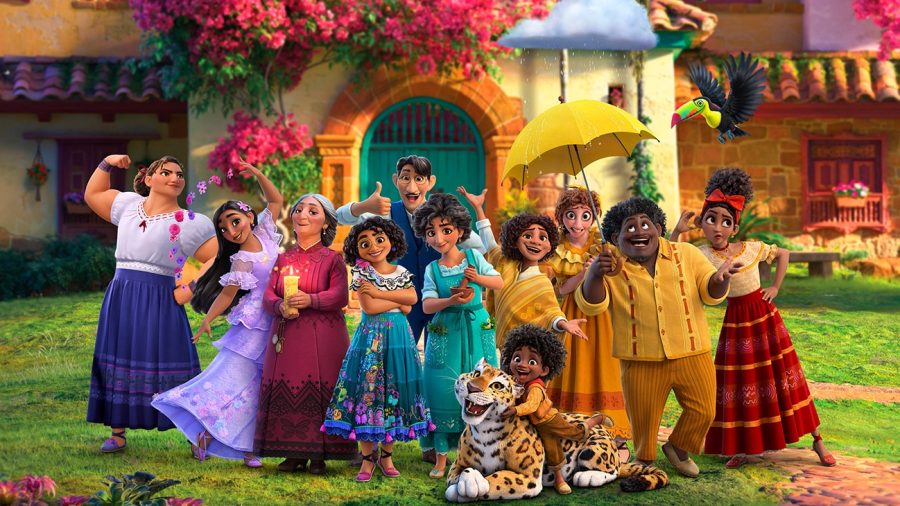Different kind of March Madness
Science class teaches about Mammals in tournament-style bracket
Eric Davis, one of the Environmental Science teachers, taught the March Mammal Madness unit last month. He said of the assignment, “It provides good examples of animal behavior and adaptations which are critical to natural selection and how animals have evolved, and also relates to population characteristics, like patterns of distribution.”
April 13, 2021
Sixty five animals enter, and in the end, only one remains victorious.
In Environmental Science class, a March Madness bracket was created for a project called March Mammal Madness (MMM).
Joseph Mallin, one of the class instructors, says that each student is asked to research one out of the 65 combatants in the bracket. Mallin said, “Then we combine all of the research, and students use the group’s efforts to research, fill out brackets, and predict the winners. Then we watch the battle recaps during class as they unfold over the month-long competition. I’m hoping some students tune in to Twitter and watch the battles in real time but I’m not sure.”
The reason MMM is important, according to Mallin, is because it helps more people appreciate how life works. He said, “The more students and people in the world who come to appreciate how life works the better. Hopefully MMM can have some positive impact in terms of humans overall appreciating how beautiful, and tenuous, life is on this planet.”
Eric Davis, one of the other class instructors, says the best way to learn from March Mammal Madness is from background research. Davis said, “[It’s also important to have a] discussion about how you think the battle would work or end. I do wish we did more discussion, but time is a factor.”
Mallin also believes students should be becoming more aware of the different aspects of ecology by completing this assignment. Mallin said, “Students should gain a greater appreciation for the diversity of life in our biosphere by researching the different organisms. They will hopefully gain a deeper understanding of evolution and how organisms are closely related to their habitat.”
One of the most enticing things about MMM is learning about the different animals, according to Davis. “Some might like the videos – [they’re] kind of corny/amusing. I also believe many students still like to learn about different animals [because] they find the subject matter interesting.”
Mallin claims the project can also enhance the learning in Environmental Science by applying what is learned to novel situations. He said, “The climate change, biodiversity, and ecology units are all heavily represented in the activity.”
Junior Allyson Curtis, a former participant in MMM, thinks that the largest impact the project has on students is that it helps them get to learn about all the species in the world. Curtis said, “I think it definitely impacts students because a lot of people don’t know about all the species in the world out there and all the interesting things that they can do. So, it’s just very nice that everyone gets to learn about them.”
In Davis’s opinion, the thing that makes MMM so important is that it engages the students participating. He said, “I think it can be a helpful and interesting activity to engage students in the course, and obviously they can learn more about animals and how they connect to the topics.”
When reflecting on the project, Curtis’s major takeaway is her new knowledge of certain species. She said, “I took away the knowledge of species that I didn’t know, and I just learned a lot from the activity and stuff in general. It was nice.”






















































